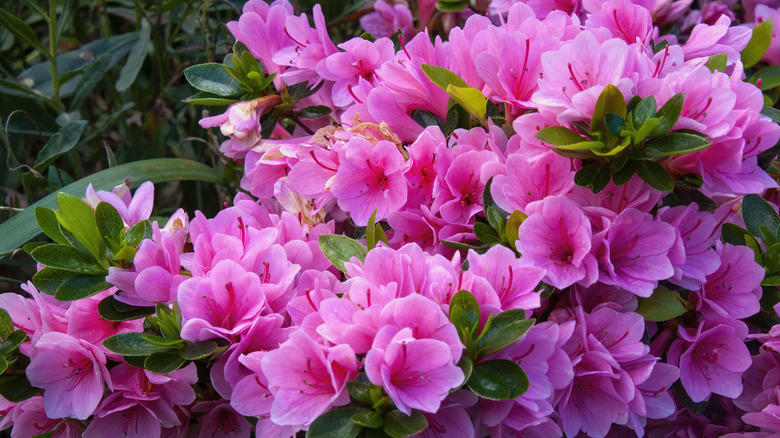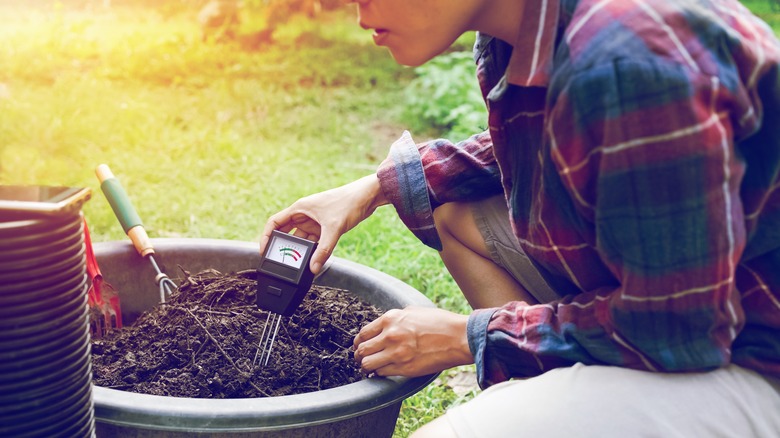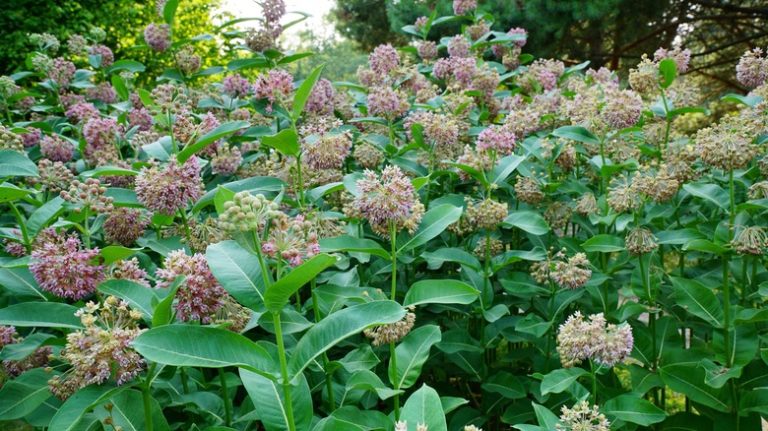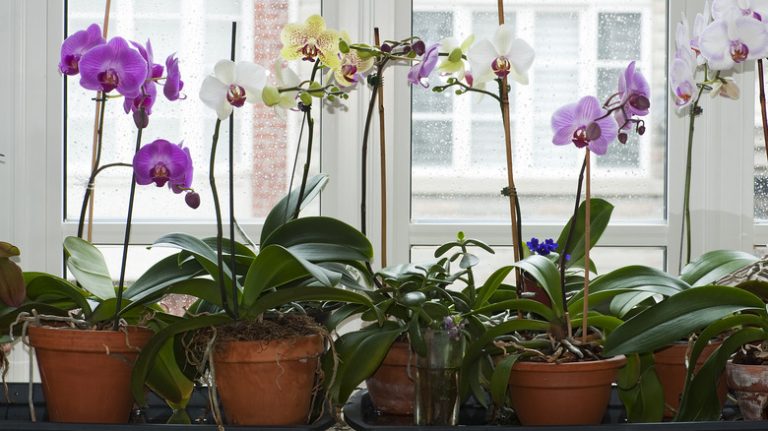In the world of flower gardening, there are many important decisions to make. Whether it’s choosing the right flowers to flourish in your plant hardiness zone or deciding when to fertilize, the pressure is on from the planning phase to the harvest season. Once you’ve chosen the main flowers you’d like to showcase, you’ll want to decide which companion flowers you’ll pair them with to make your flower garden shine. Knowing which flowers to plant together is important, and knowing which plants not to plant together could be even more valuable. However, according to Martha Stewart’s gardener, Ryan McCallister, the rules of companion planting aren’t always set in stone.
On “The Martha Stewart Podcast”, McCallister admitted to committing a classic gardening faux pas: pairing roses with azaleas to maximize drama and year-round color. “I interplanted roses and azaleas in the whole thing,” he confessed when Stewart asked about his front lawn. Since the two flowers require different soil types and sun exposure, they are not typically planted together. However, if you’re an experienced gardener, it’s not impossible to make the pairing work.
How to plant roses and azaleas together for aesthetic appeal

The first thing you’ll want to consider when planning to plant roses and azaleas together is the color and full height of each plant. This will help you select varieties of each flower that complement each other and contribute to the overall aesthetic of your flower garden. Roses and azaleas come in an array of mostly warm-toned colors — from reds to pinks and oranges — with the occasional white or purple variety. Decide whether you want the flowers to be similar in color or if you’re looking for contrast.
Next, decide whether one flower should be the star of the garden or if both should be showcased equally. Some azalea varieties grow very tall, while most rose bushes top out at just a few feet in height. If you’re looking for a small flower to accent your roses, you may wish to stick to dwarf varieties of azalea. If you want your azaleas to be the star, consider drift roses, which can serve as ground cover. For a flower garden where both flowers are equal, look for varieties that grow to about the same height, so neither flower is upstaged.
The risks of planting roses and azaleas together

Unfortunately, the challenges of planting roses and azaleas together aren’t limited to the aesthetic properties of each flower. They also require major differences in sun exposure and soil conditions. If you’re determined to make the pairing work, however, putting in some extra gardening work may be enough to force the two to play nicely together. First, test your soil’s pH level. Roses thrive in soil that is neutral, while azaleas flourish in acidic soil. The answer to this conflict may be to stagger the flowers in separate rows or sections near each other, so that you can attempt to manipulate the soil for each. However, there is a risk of any added acidifiers interfering with the roses’ water uptake.
Roses and azaleas also don’t agree on sun exposure. If there are any shadowy areas in your flower bed or garden, plant your azaleas in them. Azaleas only require about three hours of direct sunlight each day and prefer to hang out in the shade the rest of the time. Roses, on the other hand, require at least six hours of direct sunlight each day. While each flower may be willing to compromise a bit, azaleas can actually be burned by too much sunlight. If you’re a gardener who loves a challenge, you may want to give this pairing a try. Otherwise, it might be best to stick to planting your roses with classic companion flowers, like geraniums or marigolds.



